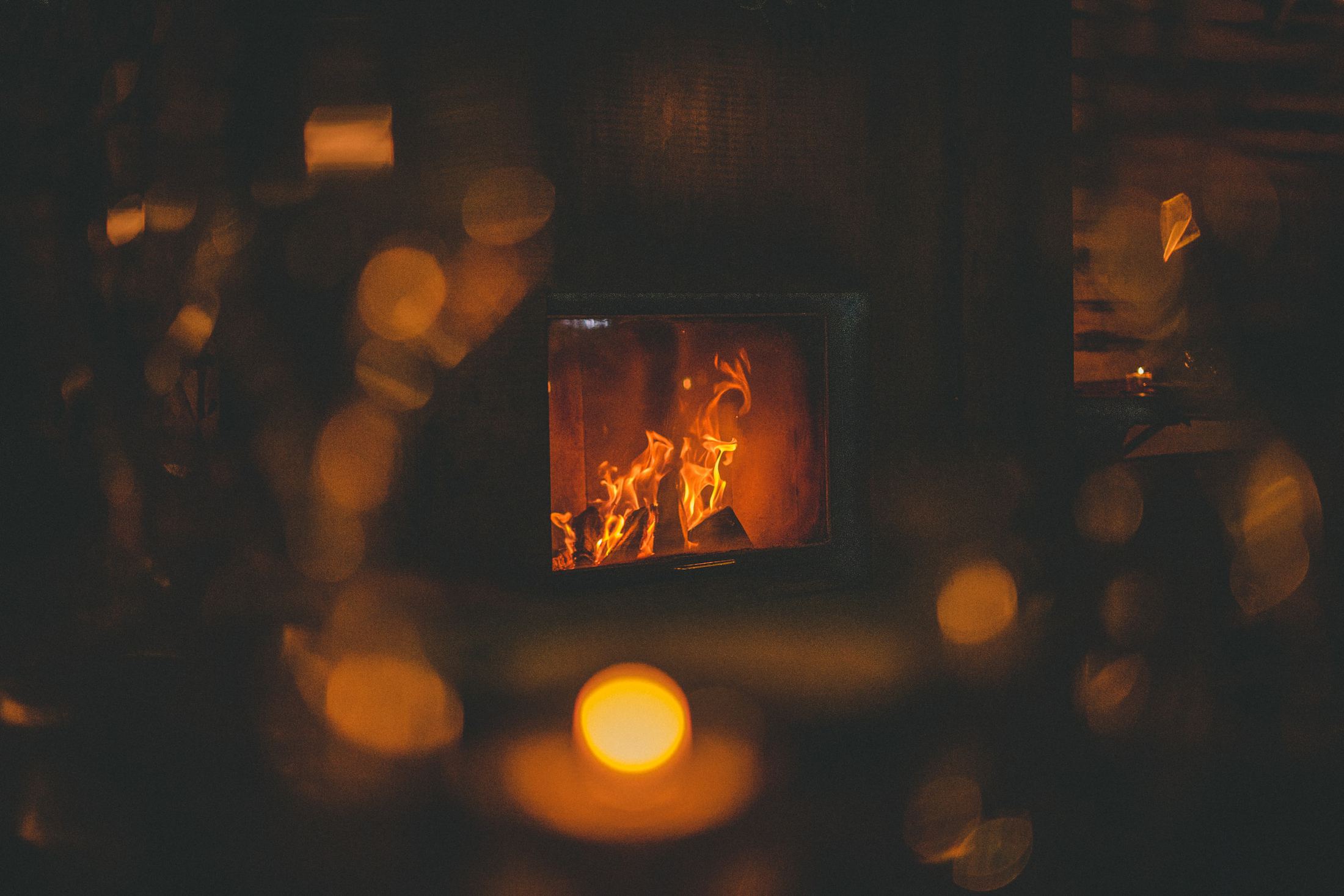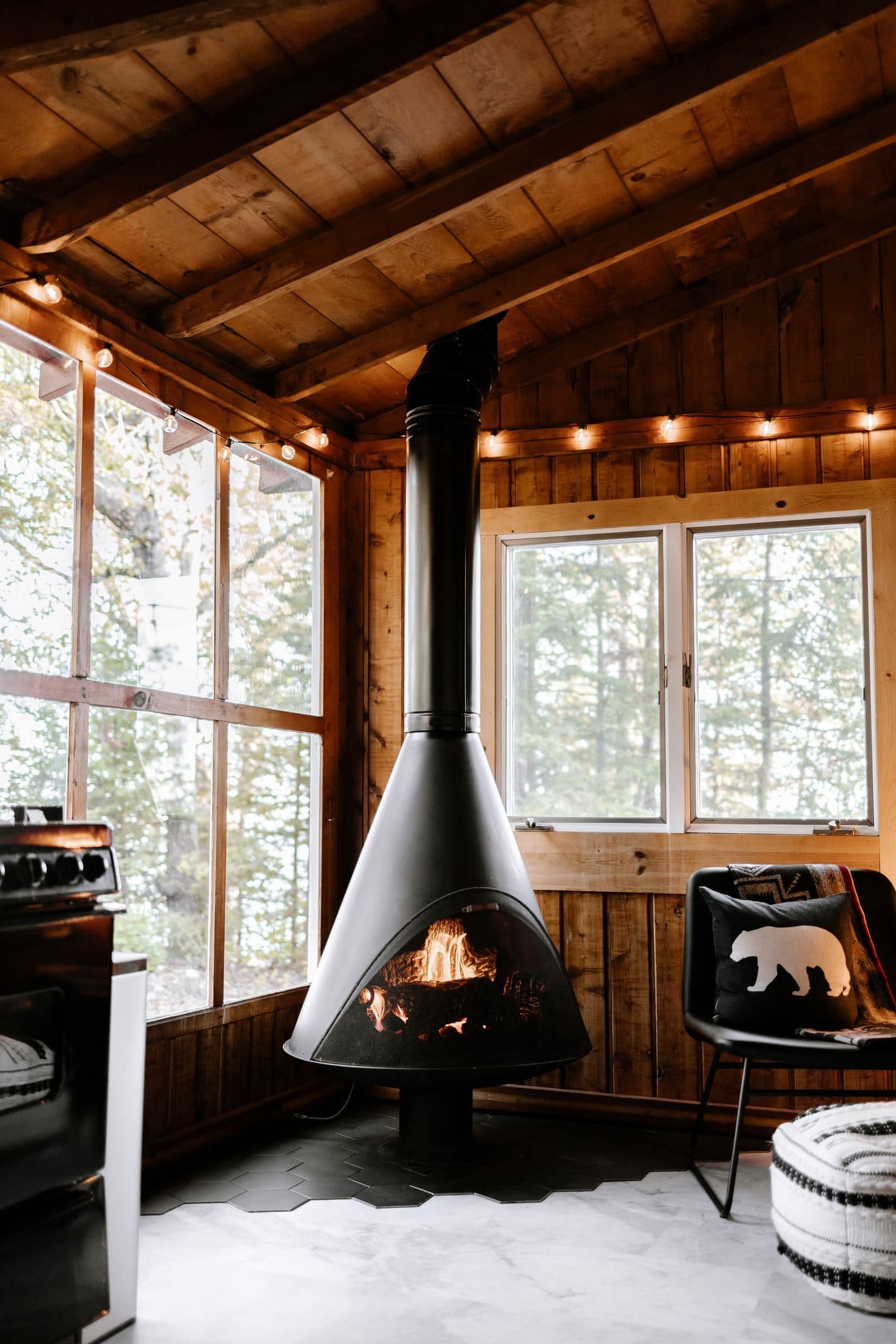Fireplaces are a great amenity for any home. They bring physical warmth to the space, something direly needed during the winter and colder months. They also bring an ambiance that is difficult to replicate – even with high-tech artificial fireplaces. Old fashioned, wood-burning fireplaces are the perfect addition to your home, but they do take some time and attention. Particularly during the colder, winter months – which is exactly when you want to utilize it the most.
Not only do homeowners want their fireplaces to look nice, last over time, and keep them warm, but it is also vital for the fireplaces to be kept up to a certain safety standard. Reclaimed fireplaces can add a unique and rustic touch to any home, but it’s crucial to ensure they are properly maintained. When not properly maintained and used, fireplaces have the potential to be dangerous to your home and family. Regular inspections, cleaning, and repairs are necessary to mitigate risks and keep your fireplace functioning safely.

Here are a few ways that you can help prep your fireplace for the winter:
- Check your fireplace for damage. A surefire way for a fireplace to become dangerous? Missing pieces and broken parts. Before the beginning of the colder months and winter season, be sure to check your chimney for cracks and loose bricks. Damage can be caused by animals invading your chimney. If you have noticed wildlife-related damage to your chimney, Gray Brothers Wildlife LLC would be more than happy to inspect your space and remove any animals.
- Key maintenance also includes cleaning. Your chimney can become clogged with all sorts of soot and debris. This can become a hazard when you begin lighting the fireplace, so be sure to sweep the chimney before you begin lighting it. Professional sweepers are available for this service.
- Trim branches that hang over or near the chimney outside of your home. These limbs can potentially catch on fire if embers and sparks were to escape. They can also keep your chimney from being able to properly draft.
- Add or replace your chimney cap. While not technically required, caps have the ability to keep an easy airflow and keep your chimney from becoming clogged. It can protect additional debris from falling in. Make sure your cap is properly installed and fitted. An ill-fitting cap is worse than not having one at all.
- Install a spark guard. Flying embers are a sure-fire way for carpets and furniture to catch on fire. Spark guards are metal screens or glass doors that can keep these sparks from escaping.
- Keep your fire and wood stacks small. The less wood and fire? The less smoke – which is what you want if you are lighting your fireplace in your home. This also results in less soot and buildup to clean up afterward. Larger fires are also significantly hotter. This can crack your chimney if you are not careful.
- Use dense wood. It is also helpful to use wood that has previously been split and stored in a dry location for six months. Softer woods produce a flammable substance when burned. This can build up in your chimney and be the cause of potential fire and sparks.

